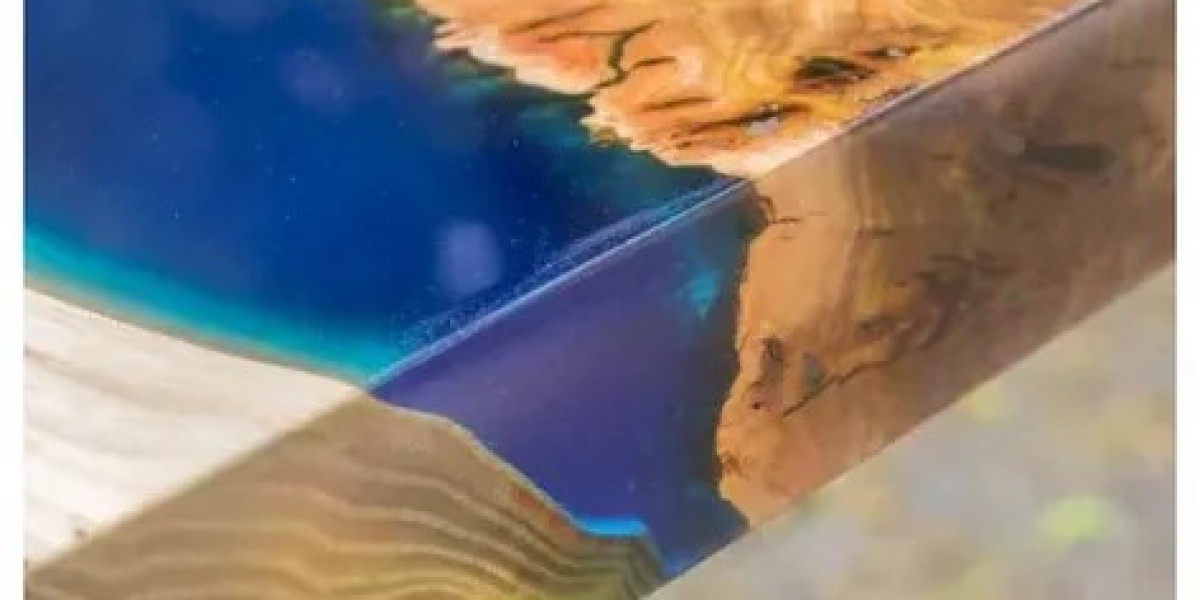Multilayer printed circuit boards (PCBs) have revolutionized electronics by stacking multiple conductive and insulating layers into a single compact board. This advanced architecture enables higher signal density, improved routing flexibility, and reduced electromagnetic interference. As devices become smaller and more powerful, multilayer PCBs form the backbone of applications ranging from consumer gadgets to aerospace systems. Understanding their structure, manufacturing steps, and benefits is crucial for engineers pushing the boundaries of modern design.Get more news about Multilayer PCB,you can vist our website!
Structure and Components
A typical multilayer PCB consists of alternating layers of copper foil and dielectric material. The copper layers serve as signal, power, and ground planes, while the dielectric cores separate them electrically. Through-hole vias, blind vias, and buried vias provide vertical connections between specific layers. Core components include:
Copper foil (18–70 μm thickness)
Prepreg (epoxy-based dielectric)
Core substrates (fiberglass reinforced epoxy)
Surface finishes (HASL, ENIG, OSP)
Manufacturing Process
Producing a multilayer PCB involves several critical steps:
Layer preparation: cutting and cleaning copper foils and core substrates
Inner layer imaging: applying photoresist, exposing, and developing circuit patterns
Lamination: stacking cores and prepreg under heat and pressure to bond layers
Drilling: creating via holes with precision CNC drills or lasers
Plating: depositing copper into vias and on surface
Outer layer imaging and etching: defining external traces
Surface finishing and testing: applying protective coatings and performing electrical checks
Advantages of Multilayer PCBs
Multilayer PCBs unlock performance and integration benefits that single- or double-sided boards cannot match:
Higher circuit density in compact form factors
Enhanced signal integrity through dedicated ground and power planes
Reduced electromagnetic interference (EMI) with controlled impedance
Improved thermal management via internal copper planes
Greater mechanical stability and durability
Typical Layer Counts and Applications
Layer Count Use Case
4 layers Industrial control, power supplies
6–8 layers Networking equipment, servers
10+ layers Aerospace, medical imaging
This table highlights how increasing layer counts supports more complex routing, specialized signal layers, and embedded components.
Common Applications
Multilayer PCBs are ubiquitous in high-performance and space-constrained electronics:
Smartphones and tablets
High-speed routers and switches
Automotive engine control units (ECUs)
Medical diagnostic equipment
Aerospace avionics and satellites
Design Considerations
When designing a multilayer PCB, engineers must balance electrical, thermal, and mechanical requirements. Key factors include:
Layer stack-up selection and material choice
Controlled impedance trace widths and spacing
Via type and placement to minimize signal degradation
Thermal via stitching for heat dissipation
Design for manufacturability (DFM) rules compliance
Challenges and Solutions
Despite their advantages, multilayer PCBs present challenges:
Higher fabrication costs due to complex lamination
Longer turnaround times for prototype builds
Risk of delamination under thermal stress
Inspection difficulty for inner layers
To mitigate these issues, design teams collaborate closely with fabricators, perform thermal simulations, and adopt incremental prototyping.
Future Trends
The next generation of multilayer PCBs promises further innovation:
Embedded passive and active components within layers
Advanced materials like ceramic and low-loss laminates for high-frequency use
Microvias and sequential lamination for ultra-high density
Integration with flexible substrates for hybrid rigid-flex boards
Conclusion
Multilayer PCBs have become indispensable in powering the electronics that shape our world. By stacking conductive and insulating layers, designers achieve unparalleled density, performance, and reliability. Mastering their structure, fabrication, and design considerations enables the creation of cutting-edge devices across industries. As material science and manufacturing techniques evolve, multilayer PCBs will continue to drive innovation, connecting more functionality in ever-smaller footprints.



